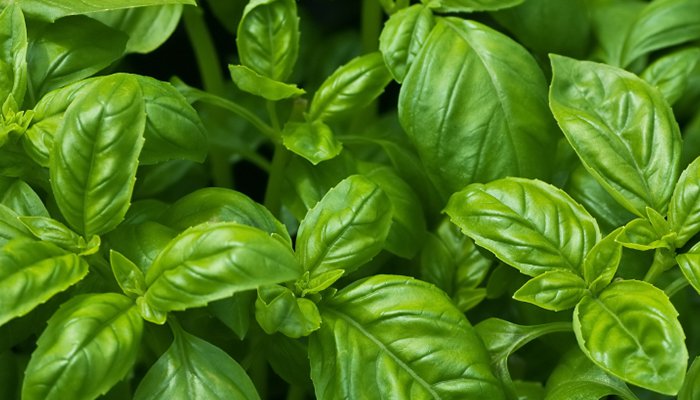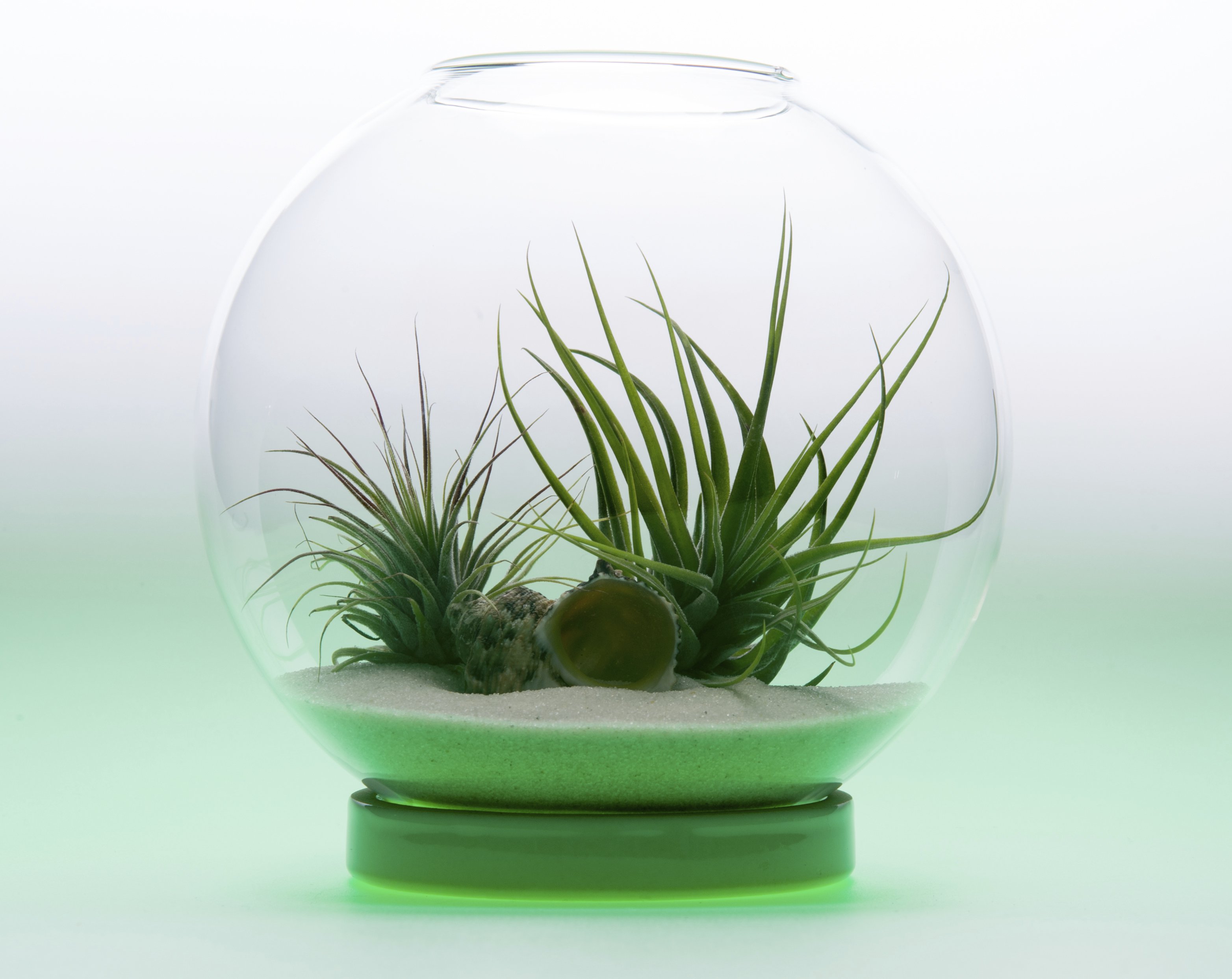
Most serious gardeners will try anything they can to protect and improve their gardening experience. Unfortunately, there are times when you may need a little extra help when it comes to protecting your plants, especially fragile plants. Climatic conditions such as severe cold, frost, and wind can easily damage most plants. The good news is that there are many ways and methods to protect your outdoor plants and garden from problematic weather changes. Here is just a sampling of ideas on how you can save your garden. [photo via flickr]
1- Row Covers provide an ideal solution for protecting garden plants from pests, insects, and animals. There are essentially two types of row covers: fabric and plastic. Fabric row covers are great for protecting plants while allowing rain inside and heat outside thanks to the perforated holes. Plastic covers are also good, but they don’t provide the aforementioned benefits. Even perforated plastic covers don’t provide the same adequate benefits a fabric cover would. Remember that not all row covers are the same and you may need a thicker one to protect your plants from the winter frost. Before you purchase a heavy row cover, be sure to check the levels of frost protection and light access. The heavier the blanket, the higher the frost protection and the lower the light access. You could also opt for a lighter blanket that allows the plants to receive more light.
2-Mulching the garden is another smart way to protect your plants. Apply two to four inches of organic mulch to your garden or flower beds to protect the plants from colder temperatures. It’s best to mulch in late fall or early winter, but it’s really never too late to mulch. You can make your own organic mulch with cardboard, leaves, pinecones, or newspaper. Remember to remove the mulch before spring planting season begins.
3- If most or all of your plants are in pots, it might be a good idea to bring them in from the cold. If you do this, make sure you keep the plants in warm rooms where they will receive enough sunlight. If you want to bring in garden plants for the season, you may want to re-root them in new pots and keep them inside where they’ll remain warm.
4- If you have the money and the space in your backyard, you might want to build a greenhouse. A greenhouse provides a safe haven for plants year round. If you do not have a lot of room, a smaller cold frame should suffice. Makes sure that whatever structure you build, it features windows to enable ventilation.












